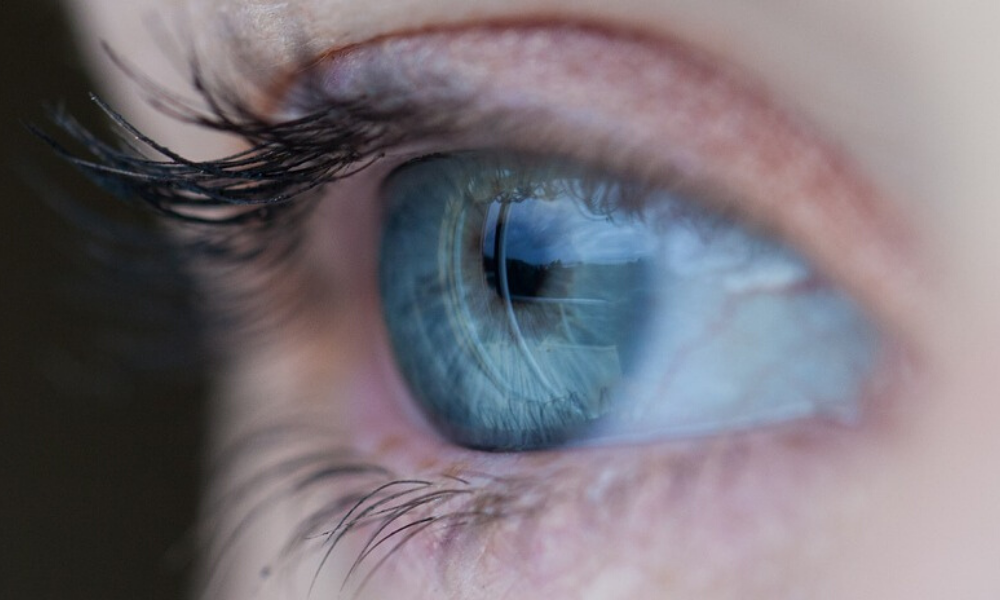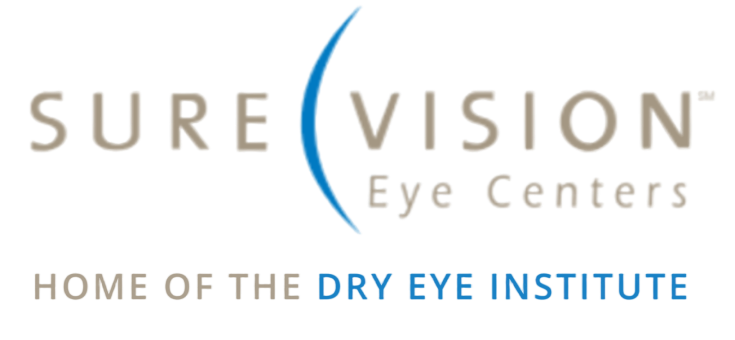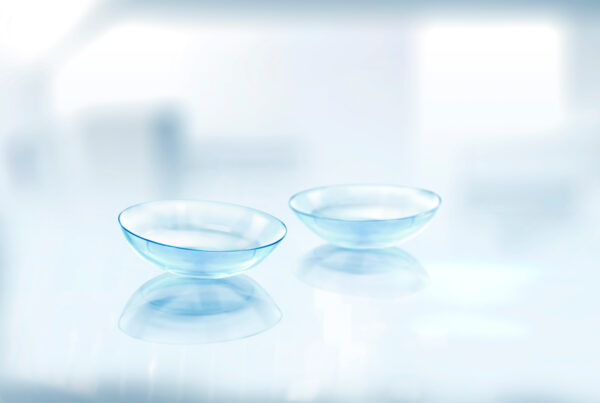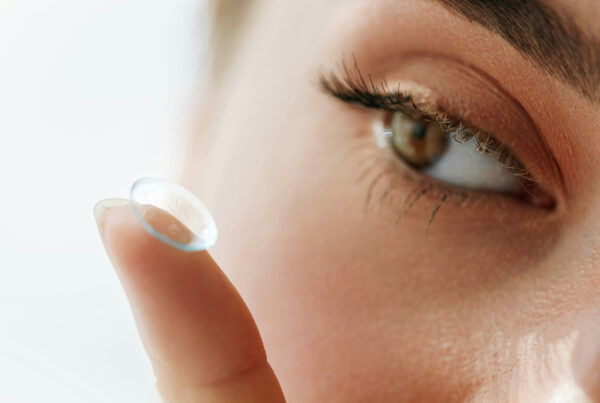
The majority of us have been spending much more time these past few months staring at phones, tablets, laptops and gaming consoles. The increased usage of electronic devices has undoubtedly burdened meibomian gland function and has led to an increase in gland obstruction due to incomplete blinking. Without the lid margins consistently touching each other and pulling the meibom into the tear film, the gland’s contents stagnate, harden, and become obstructed. This is a dry eye disease and there are several ways to treat it.
When deciding which meibomian gland treatment is the right one for a patient, thermal treatments are still considered the “new kids on the block”. While doctors have clinically evaluated the dysfunction of these glands for decades, the diagnostic code to describe this condition was only provided in late 2018. In fact, the procedure code for the treatment of blocked meibomian glands is still a temporary code that is used for “emerging” technology. It was given in 2011 when the first device by TearScience, Lipiflow, was FDA approved. Insurances still won’t cover these types of procedures and clearly need to catch up to society’s needs for treating dry eye disease.
Depending on the individual, warm compresses and blink awareness can recover meibomian gland function if promptly and consistently applied. For many though, meibomian gland function is further complicated by hormones. We know that women are disproportionately affected by dry eye and the maturation of the meibomian gland depends on the increase of androgen hormone production during puberty. Thus, many people will not be properly managed by at-home thermal treatments and will require in-office procedures.
There are many new devices on the market that offer thermal (melting) energy to the eyelids. Lipiflow, by Johnson and Johnson, is the only heat source treatment that positions directly to the gland, maximizing melting potential. Other devices, such as ThermoFlow by MIBO, iLux by Alcon, TearCare by Sight Sciences, and IPL (Intense Pulse Light), utilize heat energy sources through the skin with some requiring mechanical squeezing of the eyelid after heat is applied to express meibom.
The first step to identify the most appropriate treatment is to assess the consistency of meibom. Consider coconut oil, for example, as a description of ideal meibom. It is very thin and clear. The most solid meibom appears as paraffin wax which may present in a discolored yellow hue.
The second step is to gauge how many remaining glands are present. Studies have indicated that the most active glands are the first five on the lower eyelid, closest to the nose. These are the most likely to be exhausted (shortened/truncated) or atrophied (gone).
Meibomian glands that are mild to moderately obstructed are good candidates for thermal devices that deliver heat through the skin. Meibomian gland atrophy and completely obstructed glands are best addressed with the capabilities of Lipiflow.
The importance of Meibomian gland maintenance cannot be overstated and, perhaps, can best be understood using the analogy of dental hygiene. Preventative teeth cleaning of school-age children began in 1913. Yet, it took another 40 years, and the help of sugar-filled fountain drinks causing decay, to encourage the demand for dental insurance in the 1950’s. What will our dependence on technology demand? The clamoring for fixes such as blue-light glasses and screen protectors suggest the need is real and the future is here.
If you are suffering from any of the symptoms of dry eye disease and can’t find relief, contact us for a thorough evaluation to determine the cause of your symptoms and find out what we can do to help you!



